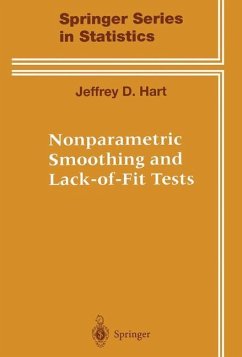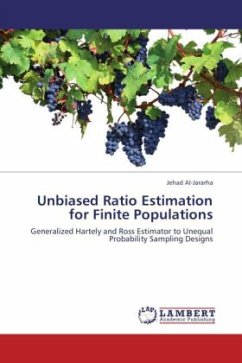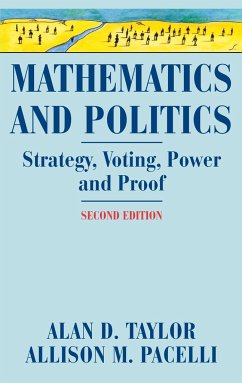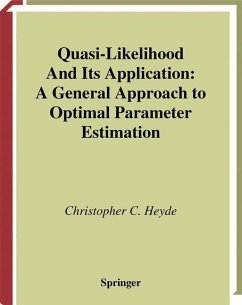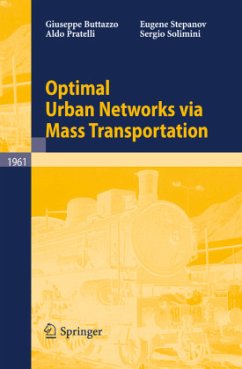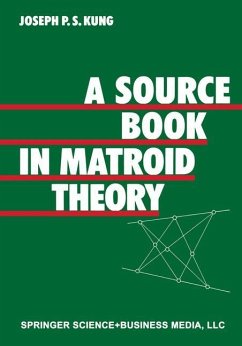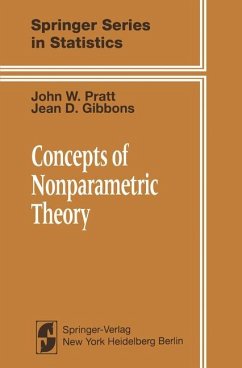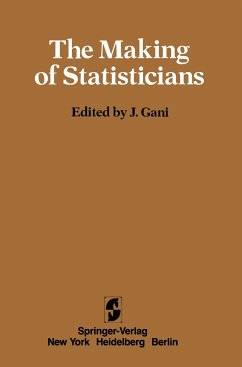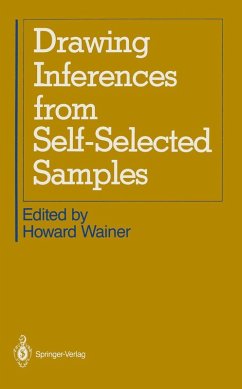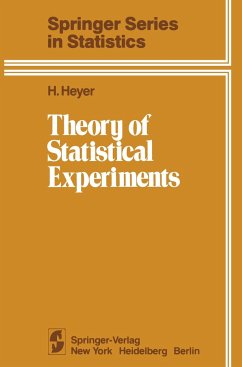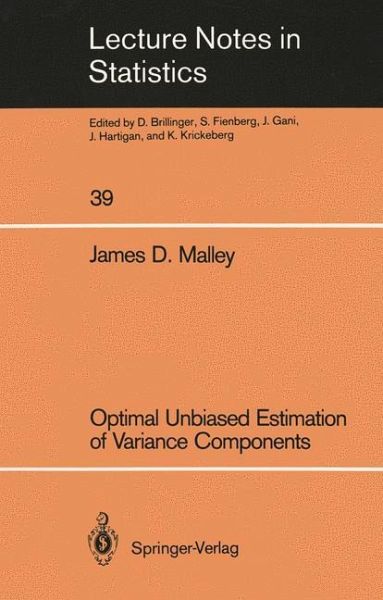
Optimal Unbiased Estimation of Variance Components

PAYBACK Punkte
20 °P sammeln!
The clearest way into the Universe is through a forest wilderness. John MuIr As recently as 1970 the problem of obtaining optimal estimates for variance components in a mixed linear model with unbalanced data was considered a miasma of competing, generally weakly motivated estimators, with few firm gUidelines and many simple, compelling but Unanswered questions. Then in 1971 two significant beachheads were secured: the results of Rao [1971a, 1971b] and his MINQUE estimators, and related to these but not originally derived from them, the results of Seely [1971] obtained as part of his introduct...
The clearest way into the Universe is through a forest wilderness. John MuIr As recently as 1970 the problem of obtaining optimal estimates for variance components in a mixed linear model with unbalanced data was considered a miasma of competing, generally weakly motivated estimators, with few firm gUidelines and many simple, compelling but Unanswered questions. Then in 1971 two significant beachheads were secured: the results of Rao [1971a, 1971b] and his MINQUE estimators, and related to these but not originally derived from them, the results of Seely [1971] obtained as part of his introduction of the no~ion of quad ratic subspace into the literature of variance component estimation. These two approaches were ultimately shown to be intimately related by Pukelsheim [1976], who used a linear model for the com ponents given by Mitra [1970], and in so doing, provided a mathemati cal framework for estimation which permitted the immediate applica tion of many of the familiar Gauss-Markov results, methods which had earlier been so successful in the estimation of the parameters in a linear model with only fixed effects. Moreover, this usually enor mous linear model for the components can be displayed as the starting point for many of the popular variance component estimation tech niques, thereby unifying the subject in addition to generating answers.





